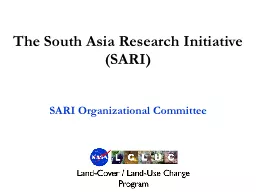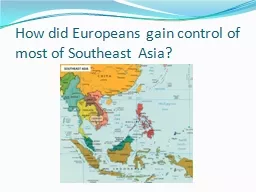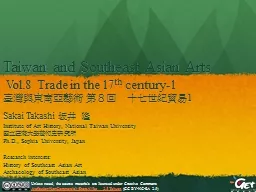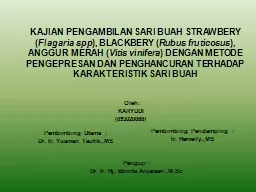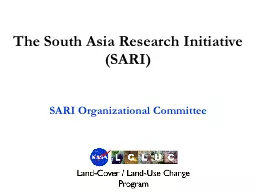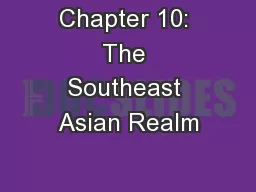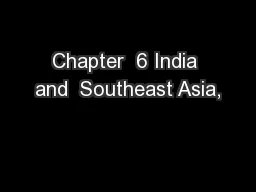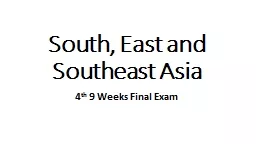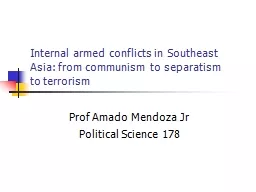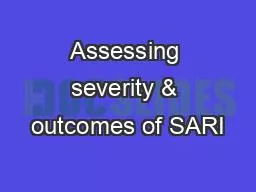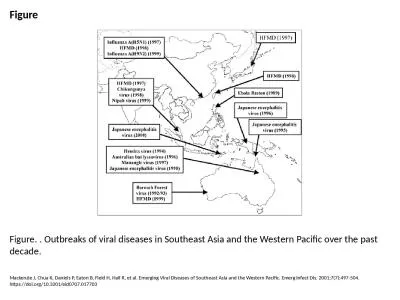PPT-The South/Southeast Asia Research Initiative (SARI)
Author : missroach | Published Date : 2020-08-06
Update Krishna Prasad Vadrevu NASA MSFC Background to the SARI initiative Regional science issues from the SARI meetings 20152016 SARI next steps Presentation
Presentation Embed Code
Download Presentation
Download Presentation The PPT/PDF document "The South/Southeast Asia Research Init..." is the property of its rightful owner. Permission is granted to download and print the materials on this website for personal, non-commercial use only, and to display it on your personal computer provided you do not modify the materials and that you retain all copyright notices contained in the materials. By downloading content from our website, you accept the terms of this agreement.
The South/Southeast Asia Research Initiative (SARI): Transcript
Download Rules Of Document
"The South/Southeast Asia Research Initiative (SARI)"The content belongs to its owner. You may download and print it for personal use, without modification, and keep all copyright notices. By downloading, you agree to these terms.
Related Documents

